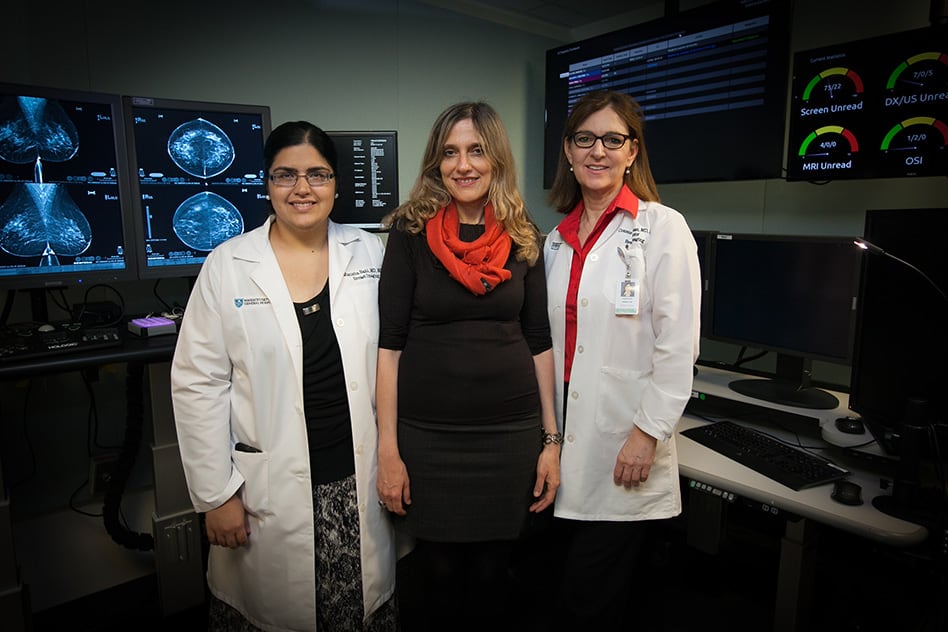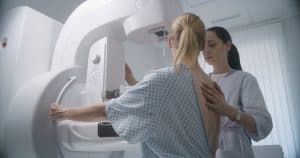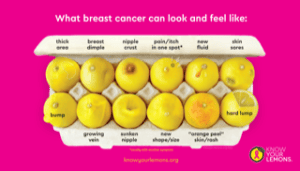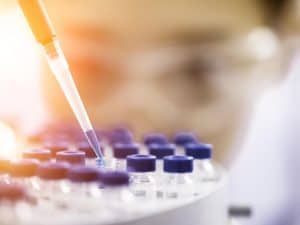
Breakthrough AI able to identify 97% of breast cancer risk
pharmafile | October 18, 2017 | News story | Research and Development | MIT, biotech, breast cancer, drugs, pharma, pharmaceutical
Scientists at MIT’s Computer Science and Artificial Intelligence Laboratory have developed a machine learning AI system that is able diagnose patients with breast cancer 97% of the time.
At present, screening for breast cancer in the public involves a mammogram and, when abnormal cells are identified, a needle biopsy is the next stage. If the lesions are identified as “high-risk” then the usual routine option is to undergo surgery to remove the cells.
However, the AI breakthrough opens up the possibility of using machine learning to improve the detection and diagnosis of such lesions. The benefit would be to drastically cut the number of benign surgeries by 30%, compared to existing approaches.
This would be beneficial for a number of reasons – the expense of carrying out surgery would be removed, doctors’ time would be saved and, for the patients, they would not have to endure the stressful surgery process and the resulting scar tissue.
“Because diagnostic tools are so inexact, there is an understandable tendency for doctors to over-screen for breast cancer,” says Regina Barzilay, MIT’s Delta Electronics Professor of Electrical Engineering and Computer Science, and a breast cancer survivor herself. “When there’s this much uncertainty in data, machine learning is exactly the tool that we need to improve detection and prevent over-treatment.”
The AI technology was tested by training the program with more than 600 existing high-risk lesions and the model then looked for patterns, including further information such as demographic, family history, past biopsies, and pathology reports.
It was then tested on 335 high-risk lesions to determine its accuracy in sorting the benign from the genuine cases of breast cancer. It managed to correctly identify 37 out of 38 breast cancers from this number, representing 97% accuracy.
“A model like this will work anytime you have lots of different factors that correlate with a specific outcome,” says Barzilay. “It hopefully will enable us to start to go beyond a one-size-fits-all approach to medical diagnosis.”
The model will begin to be used at Massachusetts General Hospital over the next year. The researchers hope that the outcomes from the device can be used to advise patients about their next course of action.
It remains to be seen whether the 3% margin for error will allow people to be comfortable in avoiding surgery. However, there are plans to refine the model by including more detailed patient data, as well as actual images from mammograms and images of the pathology slides, improving the accuracy further.
Ben Hargreaves
Related Content

Micrima announces upcoming launch of new UK breast cancer assessment
Breast cancer remains one of the leading health threats to women over 35 in the …

Pierre Fabre partners with Know Your Lemons Foundation for breast cancer awareness
The campaign focuses on early detection and education Pierre Fabre Laboratories has announced a partnership …

Five Facts about Breast Cancer
1 There are striking inequities in breast cancer burden regarding the Human Development Index (HDI), …






